Mausoleum of Galla Placidia
An incredible mosaic-lined monument said to have held the remains of an ancient Roman empress.
The Mausoleum of Galla Placidia sits in the courtyard of Ravenna’s magnificent 6th-century Basilica of San Vitale, but its connection to the basilica is unclear. Its construction dates to sometime in the 5th century, during the last years of the Western Roman Empire.
The signature motif of its breathtaking mosaics, described by UNESCO as “among the best surviving examples of this form of art in Europe,” is the starry sky that drapes parts of the ceiling. Elsewhere are grapevines, representing the Eucharist. In the center of the mausoleum’s cross-shaped barrel vaults rests a shallow dome, covered with stars, centered with a cross. Each corner contains a figure of the four symbols of the Evangelists.
Except for the entrance, the far end of the vaults contain sarcophagi; above these, the walls are adorned with enigmatic mosaics. The most notable of these are to the left of the entrance, depicting Christ as the Good Shepherd, and, facing the entrance, a depiction of an unknown saint (variously attributed to St. Lawrence or St. Vincent), who is standing next to a fire and a cabinet containing the four gospels.
Galla Placidia was the daughter of Roman Emperor Theodosius the Great. Her noble origins didn’t shelter her from a tumultuous life. She was in Rome during its infamous sack by the Gothic king Alaric, who kidnapped the princess in the process. The princess made her way back to Ravenna in 417, becoming empress when she married Emperor Constantius III. He died soon after, which left her as regent to their young son Valentinian until 437.
Galla Placidia died in 450 in Rome and was reportedly buried there, which is why scholars now doubt that the mausoleum is actually hers. Despite these inconvenient facts, for years during the Middle Ages the mausoleum kept a body said to be that of the Galla Placidia. The dead empress was seated on a chair and viewable through a peephole. Unfortunately, the body was accidentally burned by visitors in the 16th century.
Psychoanalyst Carl Jung felt a personal, perhaps supernatural connection to Galla Placidia upon visiting the mausoleum. He wrote, “I had, from the first visit, been personally affected by the figure of Galla Placidia… Her tomb seemed to me a final legacy through which I might reach her personality. Her fate and her whole being were vivid presences to me.” Likewise, after his visit to the site, composer Cole Porter was said to have been inspired to write the song “Night and Day,” possibly his most well-known composition.
Know Before You Go
The mausoleum is open daily from 9 a.m. to 7 p.m. Admission is 9.50 euro.
Community Contributors
Added by
Edited by
Plan Your Trip
The Atlas Obscura Podcast is Back!










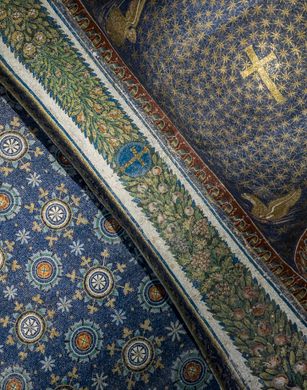
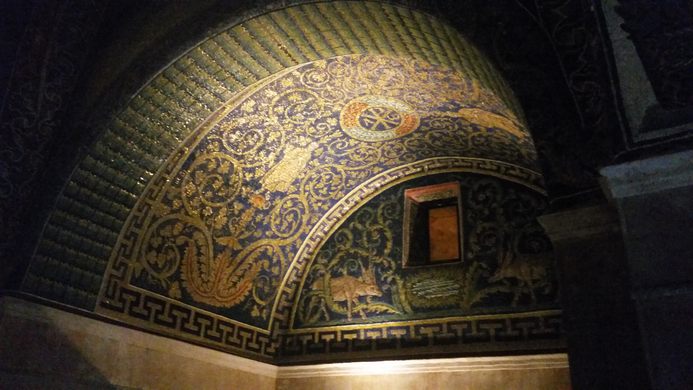




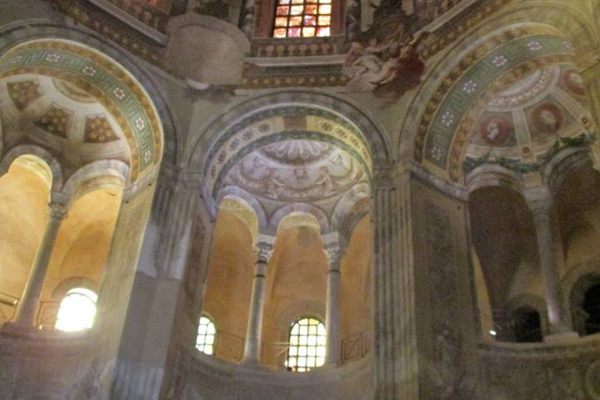




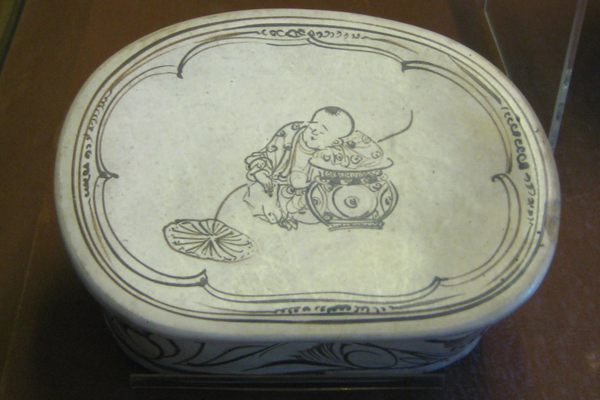
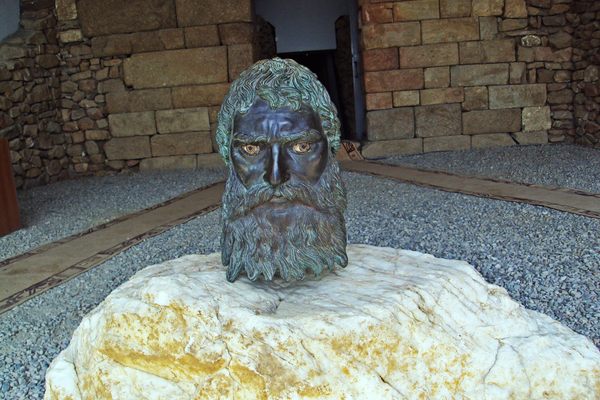
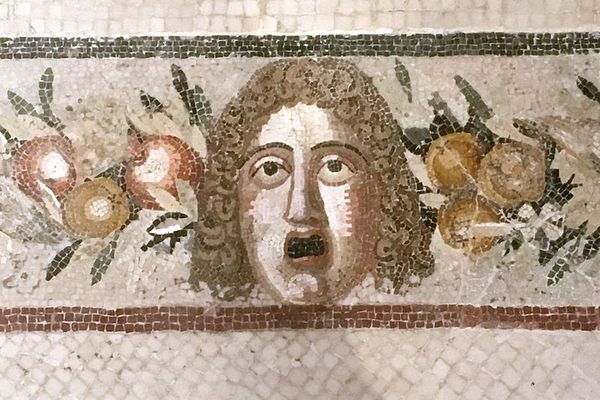

Follow us on Twitter to get the latest on the world's hidden wonders.
Like us on Facebook to get the latest on the world's hidden wonders.
Follow us on Twitter Like us on Facebook